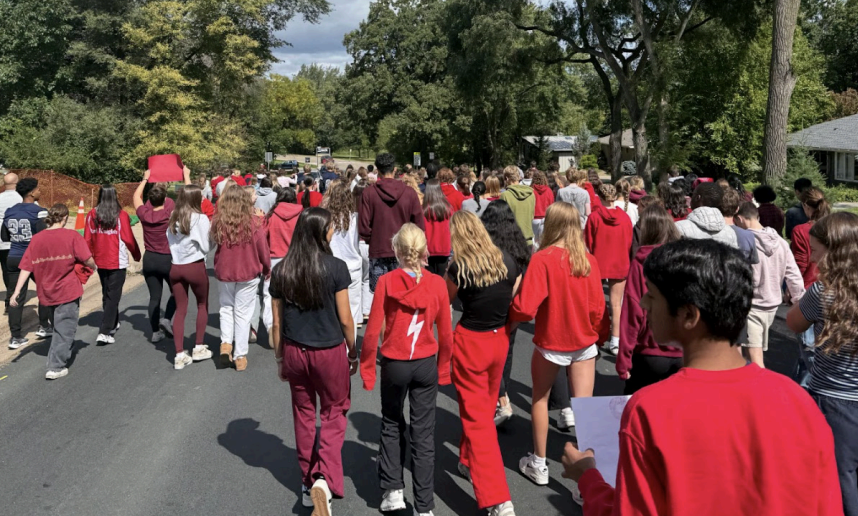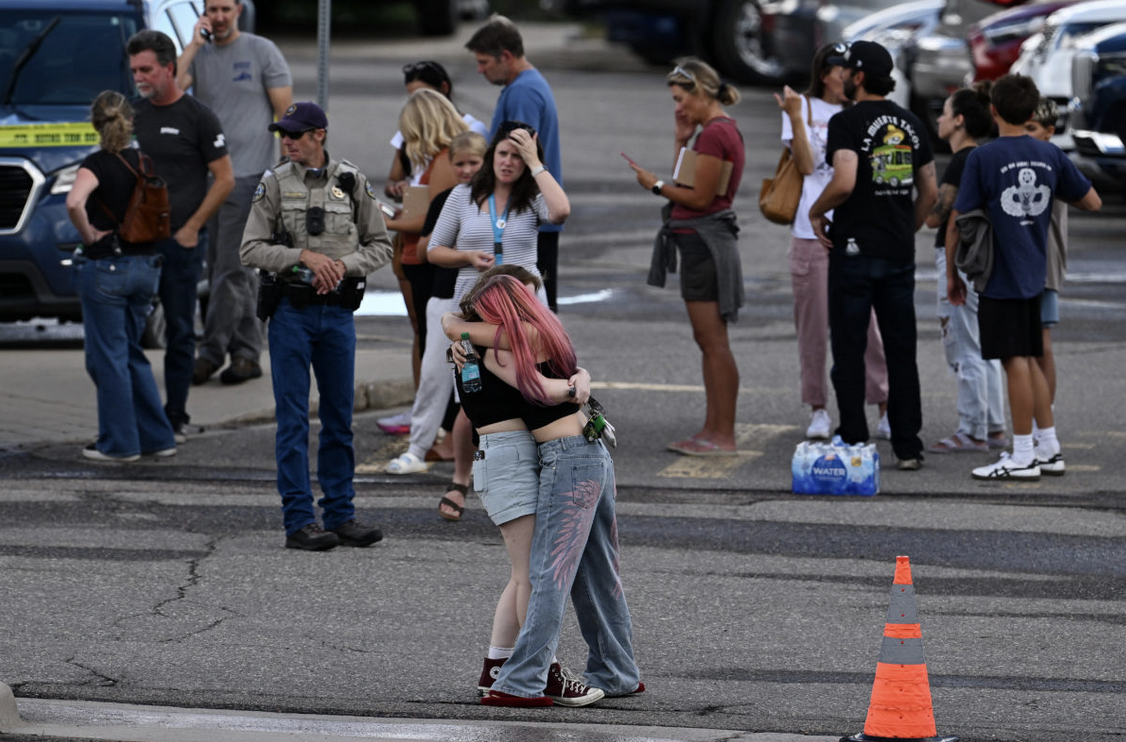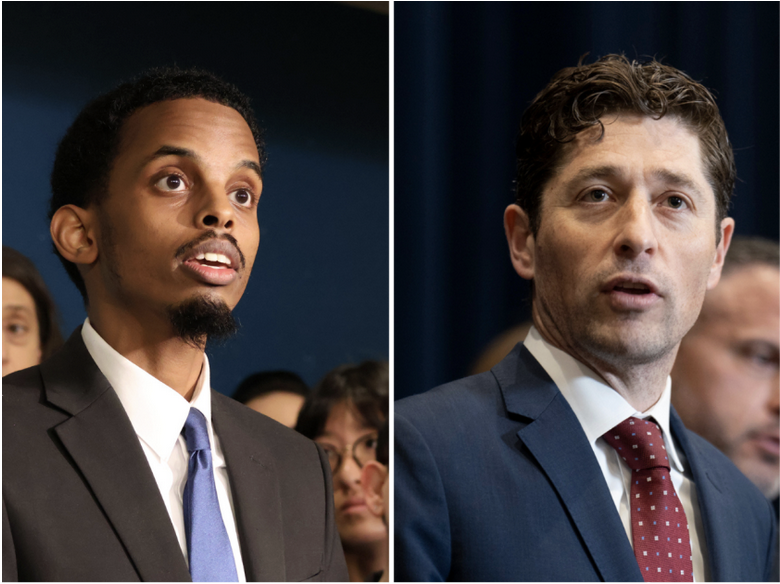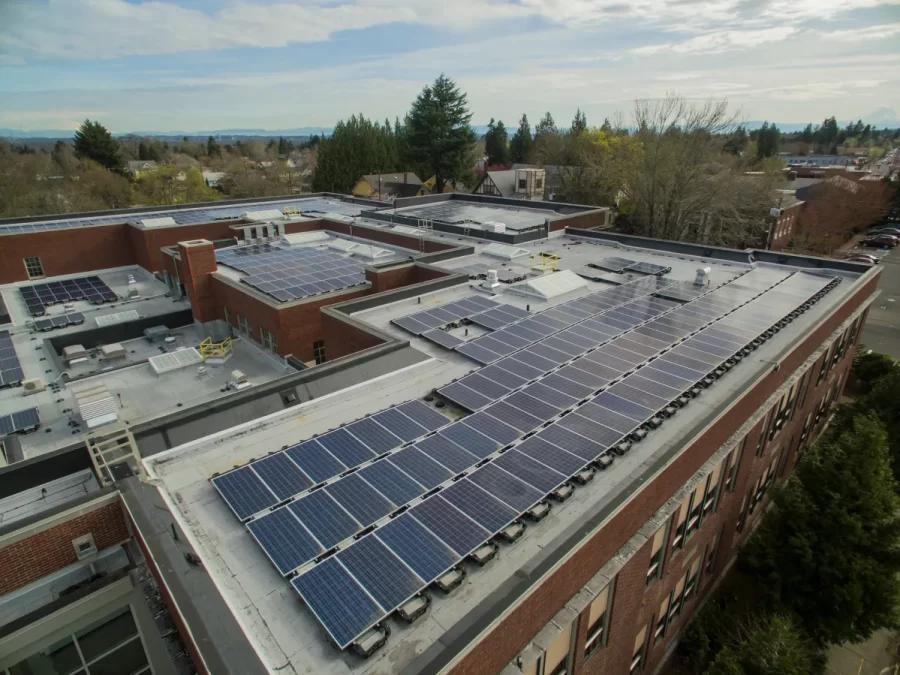Recent aviation incidents have sparked widespread public concern regarding the safety of flying. A series of accidents has led to increased anxiety among travelers, with many now questioning the reliability of commercial and private flights. The most devastating incident shocked the nation on January 29, when a commercial plane collided with an Army helicopter near the US capital. The crash resulted in the death of 67 people, marking the deadliest aviation disaster since 2001. Just two days later, on January 31, a medical transportation plane crashed in Philadelphia, claiming the lives of all those on board as well as one individual on the ground. Another fatal accident occurred on February 6, when a flight en route to Alaska crashed, killing all 10 passengers and crew members. More recently, on February 17, a commercial aircraft flipped upside down upon landing at Toronto Pearson International Airport. While this incident caused injuries to 21 people, no fatalities were reported.
These consecutive accidents have fueled widespread apprehension and fear about flying. According to a survey from The Associated Press-NORC Center for Public Affairs Research, confidence in air travel has declined significantly, dropping from 71% in January 2024 to just 64% in February 2025. This decline indicates a notable shift, which can likely be attributed to the recent crashes.
In response to rising concerns, several airports have taken measures to reassure passengers. Philadelphia International Airport has introduced therapy dogs to provide comfort and alleviate anxiety among travelers. According to the airport’s director of guest experience, these dogs “soothe and comfort and make sure everyone in the airport is happy.”
Despite heightened fears, it is crucial to put these accidents in perspective. Statistically, the likelihood of dying in a plane crash remains extremely low. According to a Massachusetts Institute of Technology study, the odds of being involved in a fatal plane crash are about one in 13.7 million. In contrast, the risk of dying in a car accident is significantly higher, with odds of one in 95. This means an individual is approximately 144,000 times more likely to die in a car accident than a plane crash.































